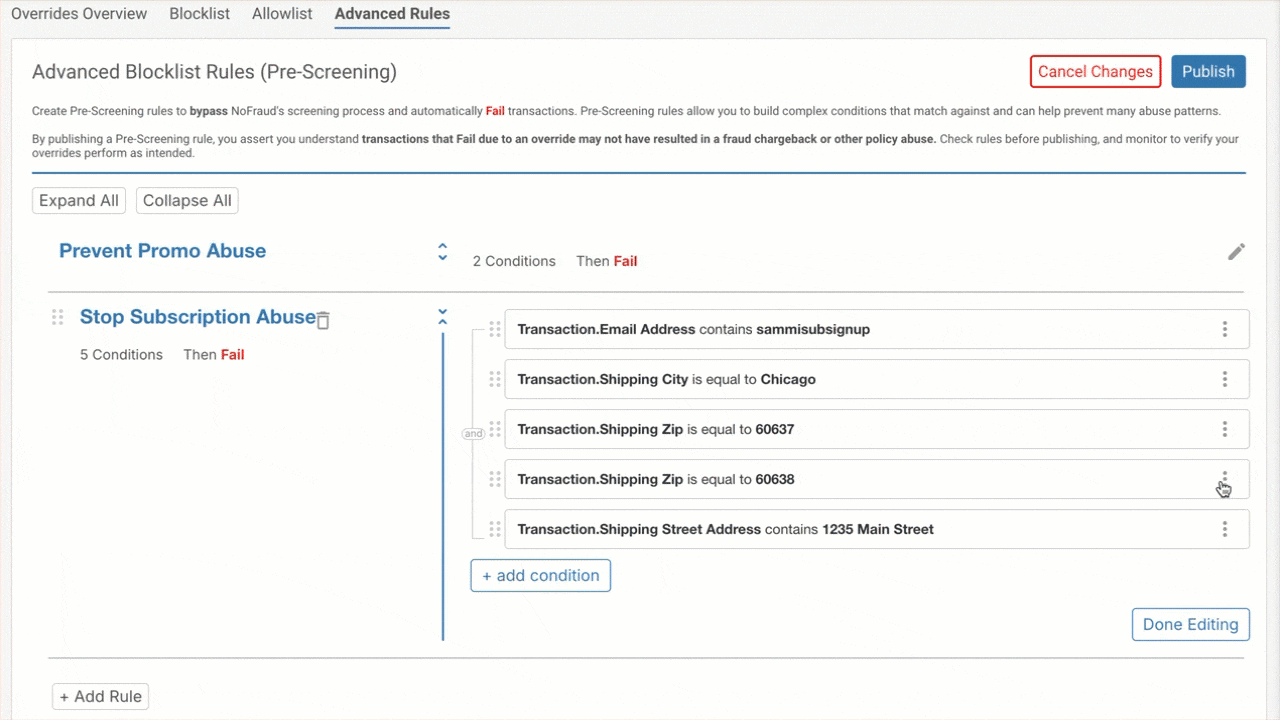Fraud prevention is one of the most important aspects of running a Shopify store. Without safeguarding in place, businesses are left vulnerable to chargebacks, reseller fraud, and other costly problems.
With Shopify sunsetting its Fraud Filter app on January 31, 2025, many merchants are searching for alternative solutions. While Shopify recommends migrating Fraud Filter rules to Shopify Flow, Flow isn’t a true fraud prevention tool. It’s more focused on automation rather than protecting your store from fraudulent transactions.
Key Challenges with Migrating to Shopify Flow
- Manual effort — Not all existing Fraud Filter rules can be automatically migrated. Rules that haven’t been used in the last 12 months, or those with unsupported fields, will need to be manually recreated.
- Loss of simplicity — Unlike the user-friendly Fraud Filter, Shopify Flow introduces more complexity, requiring merchants to create workflows from scratch if rules are incompatible.
- Limited automation — Shopify Flow doesn’t support advanced fraud detection techniques or multi-layered rule conditions.
- No chargeback guarantee — Merchants remain financially liable for fraud-related chargebacks, as neither platform offers reimbursement for losses.
While Shopify Flow can handle basic fraud detection tasks like tagging or canceling risky orders, it falls short as a full-fledged fraud prevention solution. That’s where NoFraud comes in. Offering a far more robust and dynamic fraud prevention solution, NoFraud is the most powerful replacement for Shopify Fraud Filter. Here are 7 key reasons merchants should consider switching now.




